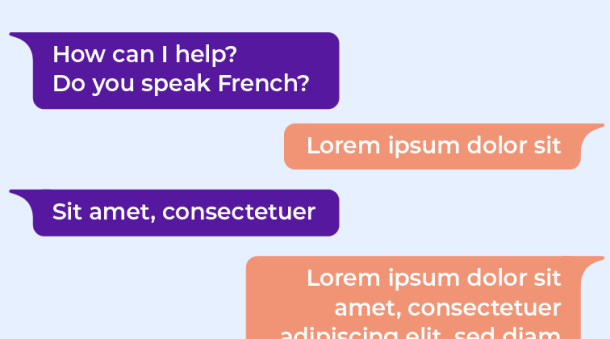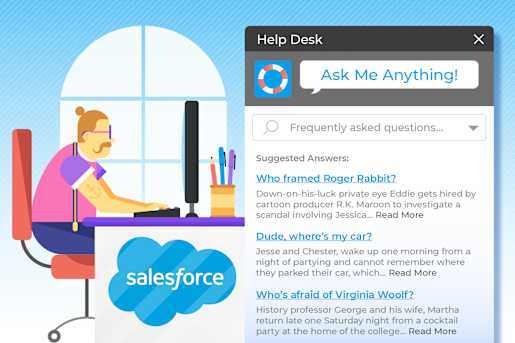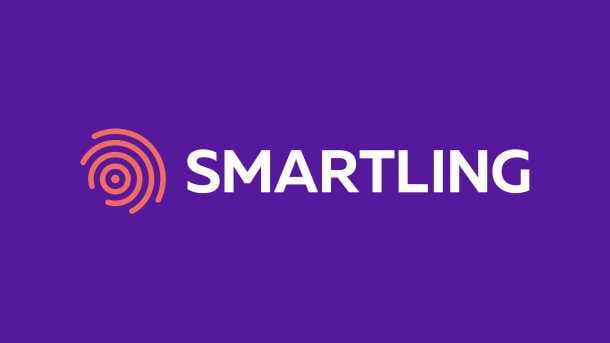If you cater to a diverse range of customers from around the globe, having a multilingual knowledge base is a must-have. Languages like Mandarin Chinese, Hindi, and Spanish are quickly catching up to English in terms of worldwide speakers. This presents a significant opportunity for companies to expand their reach and engage with these markets.
A well-crafted multilingual knowledge base can help you standardize processes across all your global entities, improve customer support, and build trust with your international audience. However, creating and maintaining a multilingual knowledge base is challenging without the right tools in your arsenal.
Let’s explore the best practices for creating and optimizing your multilingual knowledge base for long-term success.
What is a multilingual knowledge base?
Imagine how much easier it would be to help customers or train employees if you had a knowledge base they could access in their native language. That's the power of going multilingual with your knowledge base.
A multilingual knowledge base is a collection of information that is available in multiple languages. It's like having a library with the same books in different languages—you can find the information you need no matter what language you speak.
For a global organization, a multilingual knowledge base is extremely helpful because it allows you to share knowledge and information with people all over the world. It's a great way to break down language barriers and make sure everyone has access to the same important information.
The most common things you'll find in a multilingual knowledge base are product guides, FAQs, troubleshooting tips, and help articles—basically, anything that customers or employees might need to know about your company, products, or services. Additionally, you can include internal content assets like training materials, onboarding guides, and HR policies so that everyone has access to the information they need in their preferred language.
Why create a multilingual knowledge base?
A knowledge base is a centralized repository of information that has multiple use cases. Here’s how making this knowledge base available in multiple languages helps you delight your customers and employees alike:
Provide effective customer support
Research finds that 42% of customers churn because of a poor customer support experience. If you have customers from different countries and language backgrounds, a multilingual knowledge base is a must-have for your customer support.
When your knowledge base articles are available in multiple languages, your support team can quickly direct the right information to customers, no matter what language they speak. This saves time and frustration for both your agents and your customers.
Moreover, a knowledge base can also function as a self-service helpdesk where customers can access the information they need in their native language without your team needing to lift a finger. This is especially important for complex technical topics where misunderstandings could be costly. For example, if a customer misinterprets safety instructions and an incident occurs, the company could face liability issues. 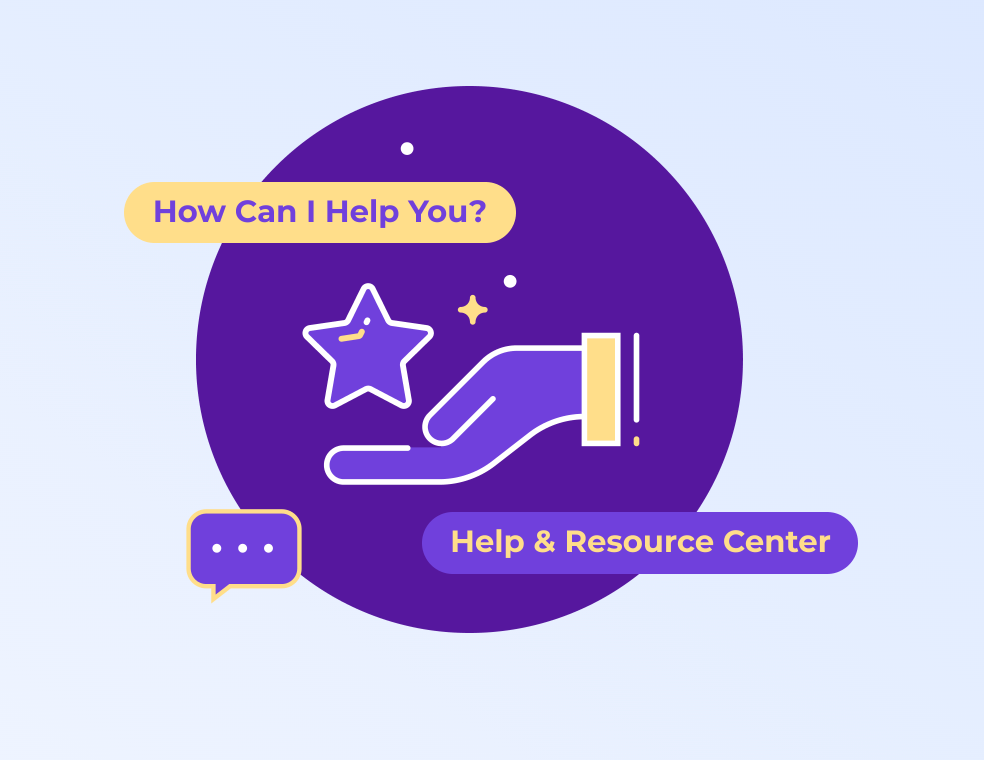 Multilingual customer support (Source)
Multilingual customer support (Source)
The bottom line is that a multilingual knowledge base makes it easier for your support team to deliver great service to your entire global customer base. It's a smart investment that pays off in happier customers and more efficient multilingual support operations.
Empower your workforce
For international companies, one of the significant challenges is ensuring that all employees, regardless of their location, can access vital company information. A multilingual knowledge base serves as a centralized repository that addresses this issue by providing resources in multiple languages.
Employees can quickly find the information they need to do their jobs, even if they are not fluent in the content’s original language. This boosts productivity and reduces the time they waste searching for answers. A multinational corporation can give all employees access to the same training materials and company knowledge in their preferred languages.
Expand your reach
By making your content accessible to a wider audience, you can tap into new markets and increase your visibility. This is especially crucial in regions where language barriers can be a significant obstacle. For instance, a company like Airbnb, which offers its customer service web page in over 20 languages, has been able to attract a diverse range of users from different parts of the world. 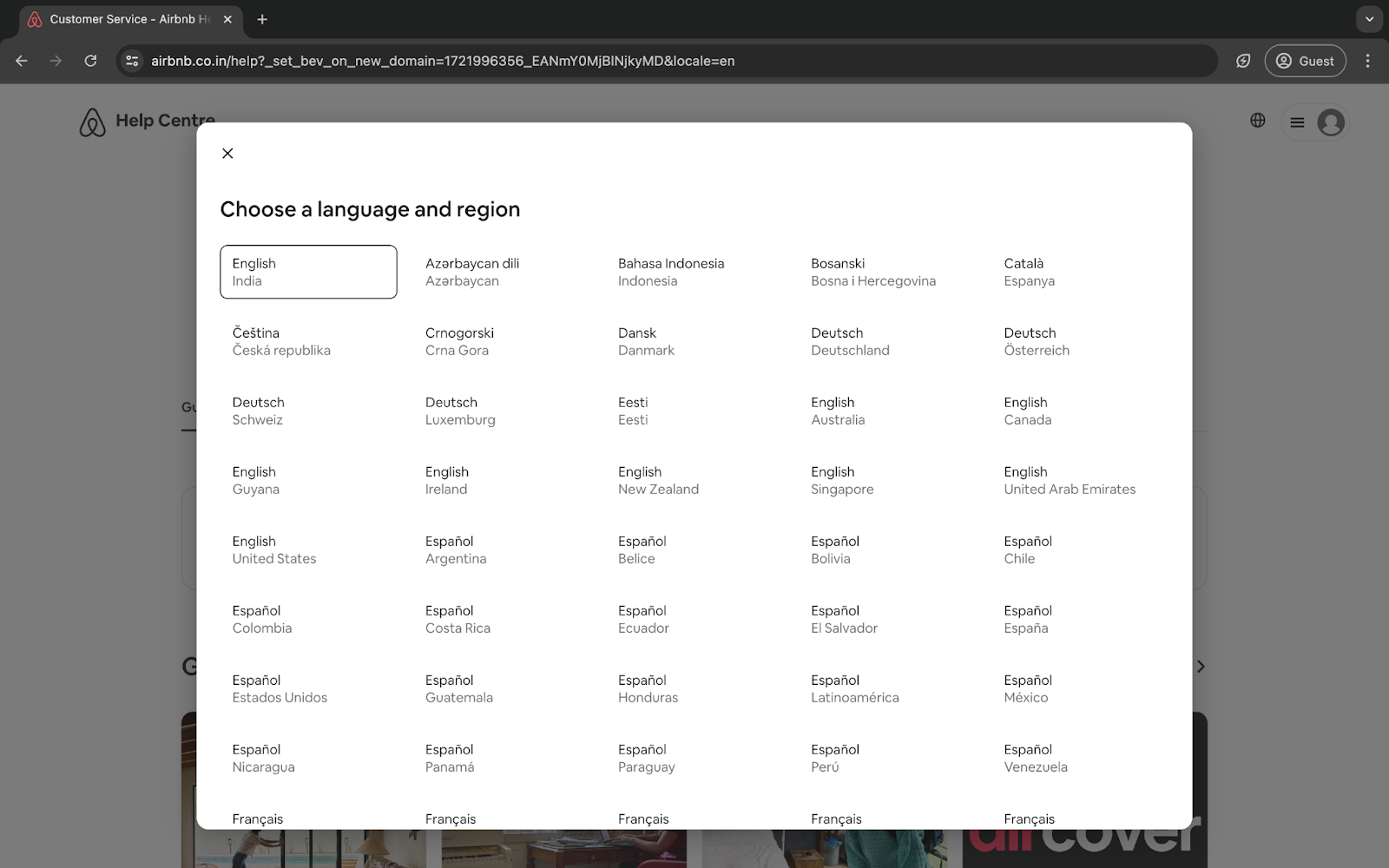 Airbnb’s customer service portal is available in over 20 languages (Source)
Airbnb’s customer service portal is available in over 20 languages (Source)
Additionally, customers frequently seek answers to their questions by using a search engine in their native language. A multilingual knowledge base can improve your search engine optimization (SEO) and attract more organic traffic from international search engines.
If you want to know more about SEO best practices in the global markets, check out our guide on multilingual SEO and how to implement it.
How to create a multilingual knowledge base
Creating a multilingual knowledge base is a challenging task—you need the right tools and strategies to succeed. Let’s look at six specific steps to creating and maintaining an effective multilingual knowledge base:
1. Determine the languages to support
Start by creating a default language database that will serve as the foundation for your knowledge base. This default language should be the support team’s primary language and the language you initially create your content in.
When choosing new languages to support in a multilingual knowledge base, there are several key factors to consider: Your support team’s language proficiency: Make sure you have support team members who can speak the target language fluently.
- Customer demographics: Look at the demographics of your customer base and analyze the customer requests you receive often. Additionally, if you're getting significant traffic from certain regions with high bounce rates, it could indicate a need to translate articles to those languages.
- Website language support: Ensure that you already support the language on your website before translating knowledge base articles.
- Language complexity: Check that your website is able to support languages that are more complex than others. For instance, Arabic script reads from right to left, and its characters change shape depending on their position within a word. Make sure that your website infrastructure supports such nuances and that you have translators with the necessary expertise. Our detailed guide on website localization covers all the key strategies.
2. Use a translation management system (TMS)
A TMS is a powerful platform that helps global businesses create and maintain their multilingual knowledge base. Here's how a TMS can make managing a multilingual knowledge base easy:
- Centralized project management: A TMS allows businesses to manage all translated articles and projects in one place. Every piece of information, from product descriptions to customer support documents, is easily accessible from a single view. It also keeps track of all changes to the content so that the latest version is always available.
- Automated translation workflows: Businesses can automate the translation process, especially the operational aspects such as uploading and extracting. This saves time and reduces costs by eliminating the need for manual intervention.
- Quality checks: Most modern TMSs come with built-in quality checks and allow businesses to set specific translation guidelines and review processes to maintain consistency across all languages.
- Integrations with your existing systems: TMSs can integrate with other business systems, such as content management systems and customer relationship management systems, making knowledge management easy.
Want to know more about TMSs? Here’s a detailed guide on what a TMS is and how to choose one.
3. Select the right translation method
The translation industry is experiencing growth in leaps and bounds. Today, there are several different translation methods to choose from. However, there are also factors to consider when choosing the right translation method. For example, if your content is highly specialized, creative, or culturally sensitive, work with professional translators or native speakers who can best grasp the cultural nuances along with technical accuracy. On the other hand, AI translation tools like machine translation can easily handle routine, straightforward content.
Moreover, when working with AI, you no longer need to worry about the quality. AI-powered translations are now considerably more advanced and produce high quality results. For instance, if you’re concerned about how AI can adapt to your brand tone and are wondering when to involve human oversight (and when not to), we cover it extensively in our Reality Series: Episode 4.
Olga Beregovaya, VP of AI at Smartling, shares that “translation, editing, proofreading—as we know it—definitely seems to be becoming more and more a thing of the past. [...] And what we see is the quality of even the first pass [of machine translated content] is already high enough, unless you're dealing with very specialized content or content that requires transcreation. [...] [So] the quality predictions [of the output] by machine learning models are already a great indicator of where you do or do not need that second pair of eyes.”
4. Localize all your content
When you are ready to set up the knowledge base in multiple languages, it's critical that you localize your content. This means translating and adapting every piece of information to match the target language and culture. Ensure that translations are accurate, natural-sounding, and culturally appropriate. Additionally, don’t forget to allow for extra space in web layouts for languages that expand when translated (like English to German).
Multimedia localization can be trickier, considering there’s subtitling and dubbing involved in the process. However, with the right translation services, such as Smartling’s full-service video translation, you can sail through the process and achieve seamlessly localized media content.
5. Make your knowledge base user-friendly
The customer experience takes priority when you build an extensive resource like a knowledge base. Use a simple, intuitive navigation system with clear categories and tags to avoid overwhelming users with too many options. Organize your content well with a logical flow from one topic to the next.
Another way to make the user feel valued is to provide a way for them to give feedback or ask questions if they can't find the answer they need. Here’s how Microsoft does it at the end of each help article:  Microsoft’s help articles collect user feedback at the end of each article (Source)
Microsoft’s help articles collect user feedback at the end of each article (Source)
Additionally, it’s important to create a language selection dropdown so that the users can easily see the list of supported languages and choose the one they’re most comfortable with.
6. Maintain and update your knowledge base regularly
How do you maintain a knowledge base that’s relevant and effective? Regular updates keep your content fresh, accurate, and aligned with the latest developments in your industry.
This ensures that your users, whether they are customers, employees, or partners, always have access to the most current and reliable information. With regular reviews and effective version control, you can prevent disseminating outdated or incorrect information, which can lead to confusion and mistrust.
How Smartling manages multilingual knowledge bases
Fortunately, advanced technology combined with professional translation services makes creating and managing multilingual knowledge bases a breeze. With Smartling, you can automate a majority of the translation process and leverage both AI translation and human expertise to deliver high-quality translations.
Smartling’s TMS provides a centralized platform where you can manage all your translations, track progress, and ensure consistency across different languages. This means that you can maintain a single source of truth for all your content, making it easier to update and manage your knowledge base. You can also leverage translation memory to reuse previously translated content, reducing the need for repeated translations and saving time and resources.
One of Smartling’s key features is its integrations with popular customer support platforms like Zendesk, Salesforce Knowledge, and MindTouch. These integrations bolster multilingual customer support in any language. You can manage and scale your knowledge base while effectively providing your employees and customers with the support they need in their preferred language. Book a meeting with our experts today to learn more.
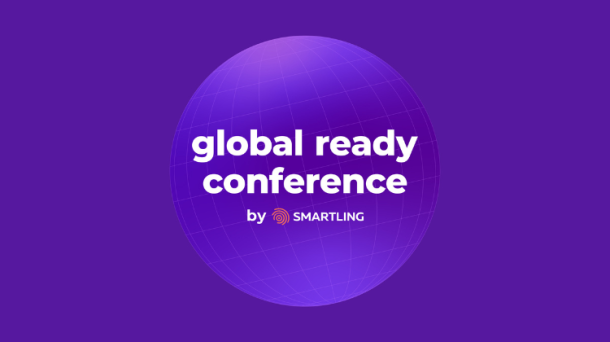
.jpg)



